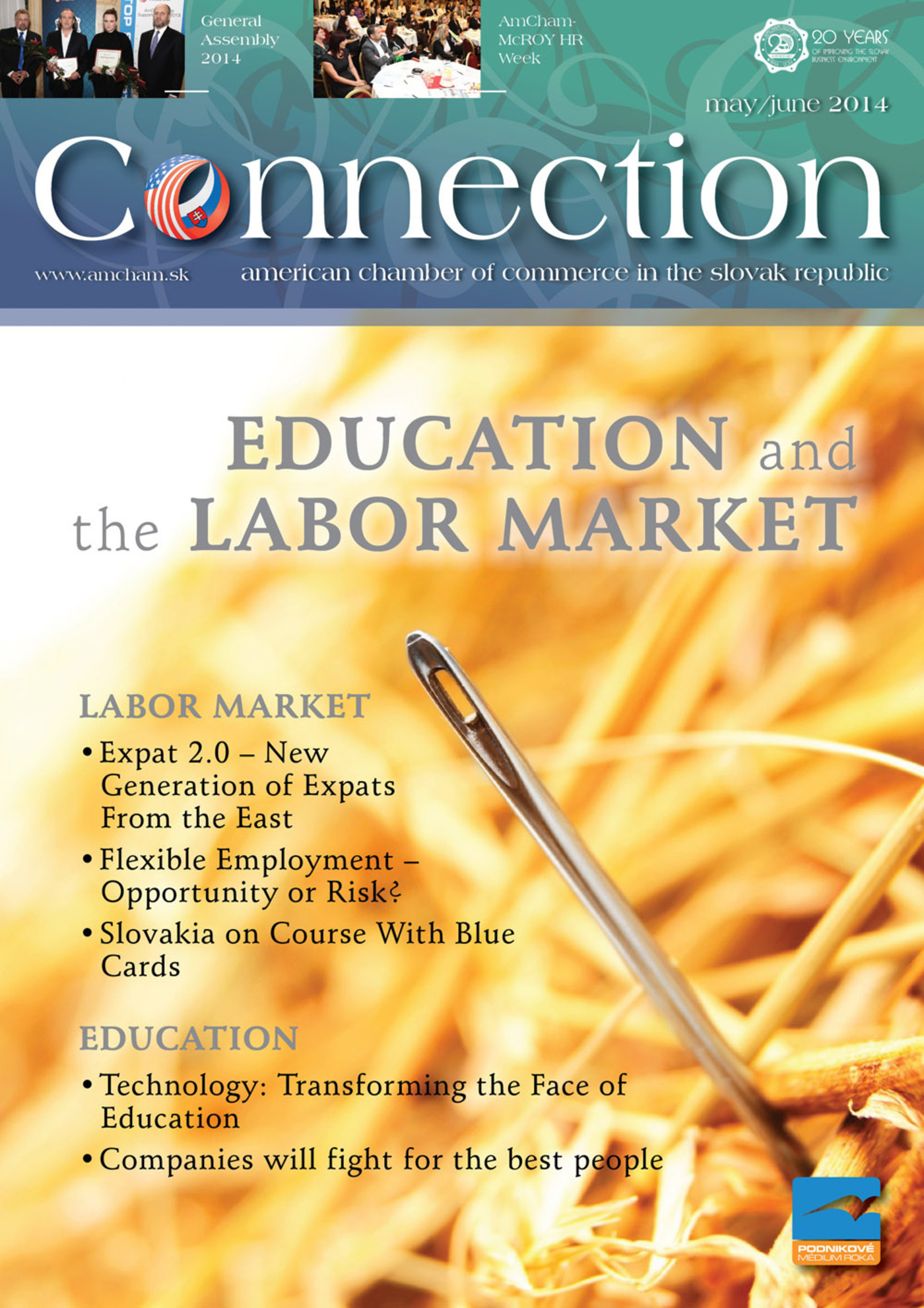Wherever labor law relations are flexible, they bring benefits for both companies and their employees. Employees tend to be more efficient, which in turn allows employers to reduce their costs. Employees also value a flexible working environment much more, which promotes more sustained employment.
The most frequently used forms of flexible working arrangements include unevenly distributed working time, flexible working hours, part-time employment, working from home (fully or partially), teleworking and job-sharing. Many employers support flexible working arrangements; many employees would like to have their working time organized flexibly, so there shouldn’t be any problem in reaching an agreement. But here comes the paradox: if we look at the statistics, the use of flexible working arrangements is strikingly low. Why is this the case? Well, apart from the fact that a thorough implementation of flexible working arrangements usually requires a certain level of investment on the part of the employer, the current regulation governing these forms of employment is not too encouraging. Let us look at a few examples.
Home office
In jobs where it is possible given the nature or type of work, home office (or working from home) is being used more and more frequently. In line with the current legal regulation, home work is defined as a situation where the employee works from home or an other agreed place. When an employee performs the work from home or other agreed place but uses information technology, such an arrangement classifies as teleworking. Occasional working from home or occasional telework are not considered to be home work or telework under the Labor Code. In the case of home work or telework, employees organize their working time themselves. They rest when they need to and work during the day as they see fit. The rules on mandatory daily and weekly rest and idle-time do not apply. Homeworkers and teleworkers are not entitled to compensation for overtime, for working during public holidays or for night work, unless agreed otherwise. Nowadays, many employees seek arrangements where they would work, for example, three days a week in the office and two days from home. This seems straightforward, but from a legal perspective this would neither be home work or telework, nor regular work performed from an office. It seems that for this particular type of arrangement, the Labor Code contains no regulations. Legal opinions differ on whether, when working from home, an employee should be treated as a teleworker or home worker or not. Given the legal uncertainty, there are two usual responses when an employee asks for partial home office. Those supporting flexible working arrangements agree but in order to avoid failures and penalties the agreement is usually not formal (written). However, many employers would simply turn the requests for home office down. This lack of guidance certainly does not allow us to utilize the benefits of fast technological advances.
Uneven working time distribution
The possibility of distributing working time unevenly is very important for high added-value companies that have customers in various time zones. This applies to a whole variety of industries, including IT, banking, health care and the chemical industry, i.e. sectors that are significant for the sustainable growth of Slovakia’s economy in general.
The possibilities for taking advantage of uneven working hours changed with the latest amendment to the Labor Code. Now employers can agree on an uneven distribution of working time for a period of up to four months. A longer time period (up to 12 months) is possible only for activities where the demand for work varies throughout the year and only if agreed in a collective agreement or approved by employees’ representatives. If an employer does not have any employees’ representatives, no such agreement is possible.
This legal regulation obviously does not meet modern global trends in the labor market. In shared service centers, which are significant employers in our country, this regulation directly impacts job creation and, as a result, Slovakia is losing its competitive advantage to more globally oriented rivals. In terms of the internal flexibility of shared service centers, uneven working time distribution is one of the key motivating factors for employees – many employees of shared service centers are young people interested in working flexible hours so that they can plan their free time activities more comfortably.
Employees see the four-month limit as an administrative barrier. When the four-month time period is over, they have to work regular hours again, and only after a certain period of time can they return to their flexible, uneven working hours. This legislative limit also puts a higher administrative burden on employers. To allow companies and their employees to take full advantage of the benefits mentioned above, it is therefore advisable that the period of uneven working time distribution be subject to agreement between them.
Rigid legal regulations in connection with uneven working time distribution, and lack of legal regulation in connection with the specific arrangement of home office, do not protect employees nor support business. We believe effective dialogue on a proposal of the new legal regulation of flexible working arrangements would be much appreciated by employers as well as employees.
Zdenka Hrubešová, Legal Director, Dell
Katarína Matulníková, Senior Associate, Allen & Overy Bratislava



Follow us